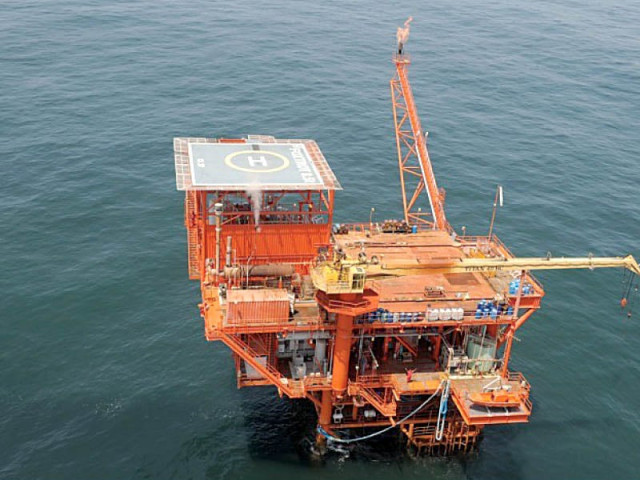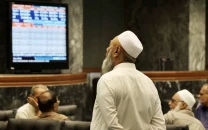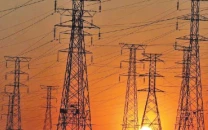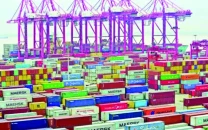Flare gas: Government plans to add 100 mmcfd to system
Flare gas could be consumed by fertiliser, power and CNG sectors.

Flare gas is wasted during extraction from wells. With the help of new technology, the government is trying to consume this gas to ease energy shortages in the country. PHOTO: FILE
In a bid to add 100 million cubic feet of gas per day (mmcfd), the Economic Coordination Committee (ECC), in its meeting scheduled next week, is likely to approve a flare gas policy with some incentives.
Flare gas – a type of low-pressure gas – is burnt in the air at different gas fields and the Ministry of Petroleum and Natural Resources is planning to utilise this energy source, which will not only ease energy shortages but will also attract investment in the country.
“We have the potential to produce 100 mmcfd of flare gas, which could be used by fertiliser manufacturers, power plants and compressed natural gas (CNG) outlets,” an official said.
For this gas, the government plans to offer the price set in the new Petroleum Policy 2012, which ranges between $6 and $8 per million British thermal units (mmbtu), he added.
Sources told The Express Tribune that the Ministry of Petroleum would table a summary in the upcoming meeting of the economic decision-making body, seeking approval of the flare gas policy.
Under a proposed plan, exploration companies will have the right to sell this gas through competitive bidding to ensure transparency. According to guidelines set by the ministry in the proposed flare gas exploration policy, the price of gas will vary from $6 to $8 per mmbtu depending on the zone where gas is produced.
Flare gas is wasted during extraction from wells. With the help of new technology, the government is trying to consume this gas to ease energy shortages in the country.
Under the proposed policy, state-owned oil and gas exploration companies will be exempt from paying production bonus and undertaking social welfare programmes for local communities based on the production of flare gas. These companies will also be eligible to sell gas to third parties, other than Sui gas companies, to whom the producers are bound to sell all natural gas.
Every operating company will have to take prior approval of the government before entering into a gas sale-purchase agreement with selected buyers. A proper metering system for sale of gas will be installed and allocation of gas will be done on the basis of flow rates supported by third-party certification.
Gas price of the applicable policy and petroleum concession agreement (PCA) will be used for determining the windfall levy. Income tax and royalty will be paid as per applicable PCA provision. Obligation of leases as indicated in the draft policy of 2012 will be applicable.
Windfall levy will be applicable to the difference between the PCA price and third-party sale price and 50% levy will be given to the government.
In January 1998, the director general gas of the petroleum ministry had introduced a mechanism to consume low-pressure gas. This gas has a low quantity of 0.2 to 0.5 million cubic feet per day (mmcfd) and is not accepted by gas utilities – Sui Northern Gas Pipelines (SNGPL) and Sui Southern Gas Company (SSGC).
However, for extraction, a multi-stage compressor is required, which is fuel guzzling, costly and is not, technically and commercially, viable. Therefore, exploration companies are required to make their own arrangements for utilising the low-pressure gas after obtaining approval of the government.
Published in The Express Tribune, May 16th, 2014.
Like Business on Facebook, follow @TribuneBiz on Twitter to stay informed and join in the conversation.


















COMMENTS
Comments are moderated and generally will be posted if they are on-topic and not abusive.
For more information, please see our Comments FAQ